In a breakthrough that has captivated both scientists and nature enthusiasts, researchers have identified a jellyfish species, Turritopsis dohrnii, capable of reversing its aging process.
Unlike any other known animal, this remarkable creature can revert its cells to an earlier developmental stage, effectively starting its life cycle anew.
This unique biological feat has earned it the nickname “the immortal jellyfish.”
The discovery holds profound significance for marine biology, as it challenges our understanding of aging and longevity in the animal kingdom.
1. Meet the Immortal Jellyfish: Turritopsis dohrnii
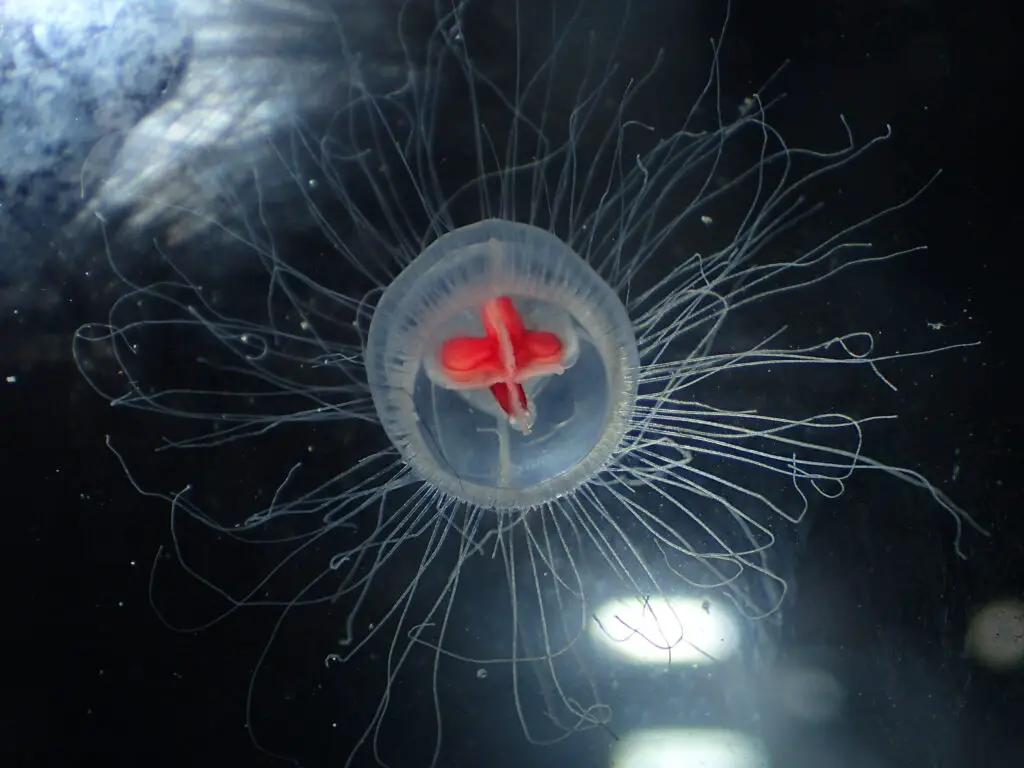
Known scientifically as Turritopsis dohrnii and commonly called the immortal jellyfish, this species measures only about 4.5 millimeters in diameter.
Its delicate, translucent bell makes it nearly invisible in the ocean’s depths.
First documented in the Mediterranean Sea, its discovery quickly fascinated researchers for its extraordinary regenerative abilities.
As Smithsonian Magazine notes, Turritopsis dohrnii has become a symbol of biological intrigue in marine science.
2. First Described in 1883
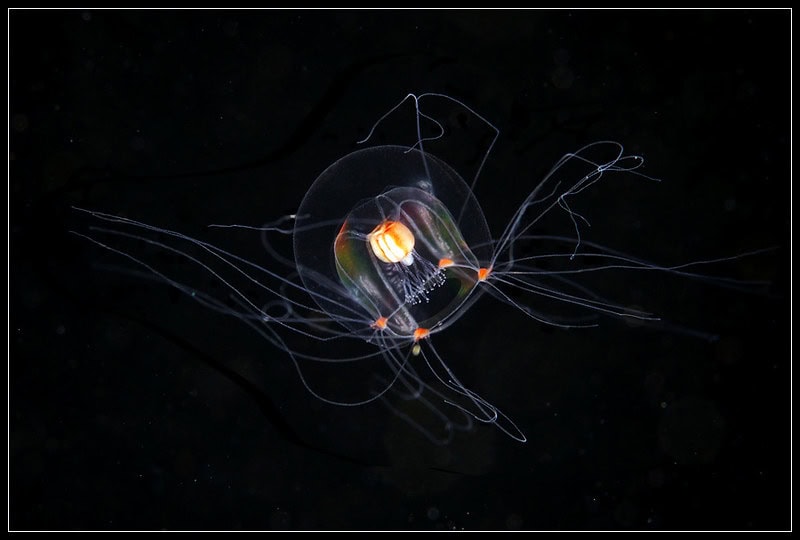
Turritopsis dohrnii was first scientifically described in 1883, marking its entry into marine biology literature.
Early researchers documented its intriguing life cycle and peculiar regenerative capabilities, but the full extent of its rejuvenation process was not yet understood.
According to National Geographic, these initial findings laid the groundwork for future discoveries about the jellyfish’s unique biology.
3. The 1996 Discovery: Unlocking Immortality

In 1996, scientists made a groundbreaking observation: Turritopsis dohrnii could revert from its adult medusa stage back to its juvenile polyp form.
This reversal is unprecedented in the animal kingdom, challenging established ideas about the life cycle of complex organisms.
Researchers realized this mechanism offered extraordinary potential for aging research, sparking global interest.
As noted by BBC News, this discovery placed the immortal jellyfish at the center of longevity studies.
4. Unique Life Cycle: From Medusa to Polyp
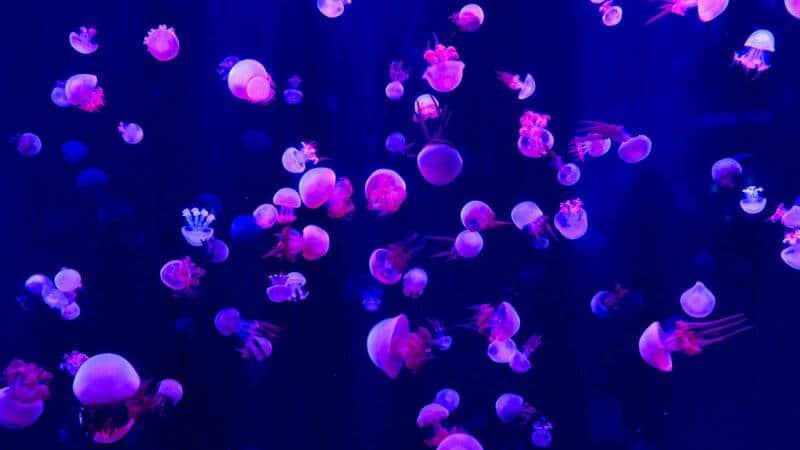
Most jellyfish follow a one-way life cycle: larva, polyp, and then mature medusa.
However, Turritopsis dohrnii defies this natural order.
When faced with environmental stress or injury, it can transform its mature medusa body back into a polyp stage, essentially resetting its life.
According to Nature Journal, this extraordinary cycle is unique among known animals and underpins the jellyfish’s reputation for immortality.
5. Cellular Transdifferentiation Explained
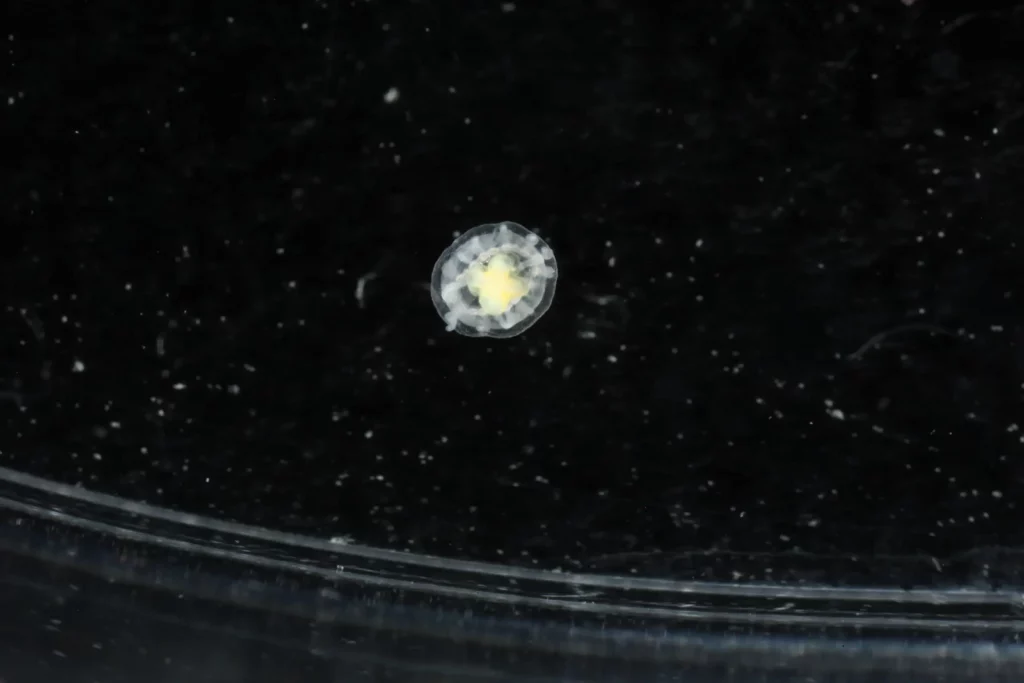
The secret behind Turritopsis dohrnii‘s immortality lies in a remarkable process called cellular transdifferentiation.
This allows its adult cells to transform directly into different cell types, reverting to a juvenile state.
While some animals, like salamanders, can regenerate lost limbs, this jellyfish’s ability is far more extensive, involving a complete reset of its body.
As explained by Science.org, this unique cellular feat distinguishes the species from all other known animals and has become a focal point in regenerative biology research.
6. A True Biological Immortal
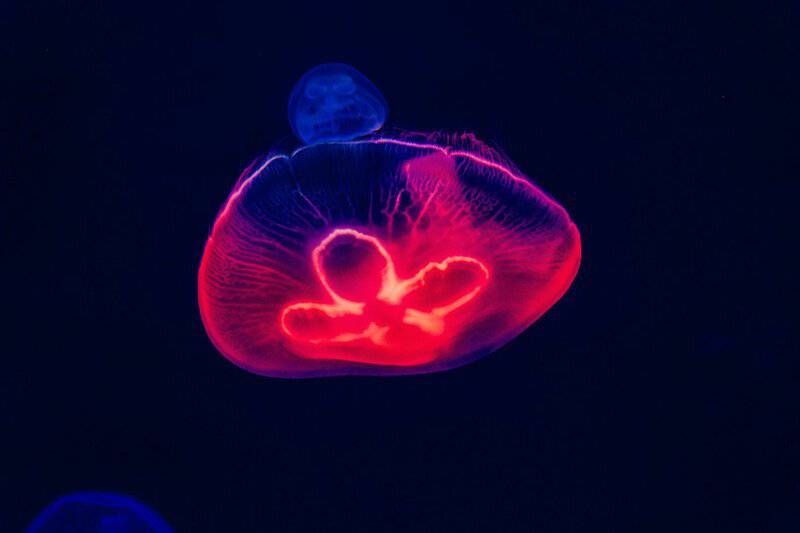
The term biological immortality refers to an organism’s ability to avoid the typical deterioration associated with aging.
For Turritopsis dohrnii, this means it can theoretically live indefinitely if not affected by disease or predators.
According to Live Science, no other known animal possesses such an extraordinary ability, making this jellyfish a subject of fascination and intense scientific study.
7. How Scientists Study the Jellyfish

Researchers use a combination of laboratory cultures and advanced genetic analysis to investigate Turritopsis dohrnii‘s unique biology.
Cultivating these tiny jellyfish in controlled environments allows scientists to observe their transformation cycles, though witnessing the actual reversal is exceptionally rare.
According to Scientific American, studying them in the wild is even more challenging due to their size and translucency, making laboratory work essential for breakthroughs in understanding their immortality.
8. Where Is It Found?

Turritopsis dohrnii is native to the Mediterranean Sea but has been discovered in temperate and tropical waters around the world.
Its global distribution is partly due to the movement of ship ballast water, which transports the species to new regions.
As Oceana.org reports, this remarkable jellyfish’s adaptability has enabled it to quietly inhabit diverse marine environments.
9. Not the Only Age-Defying Creature
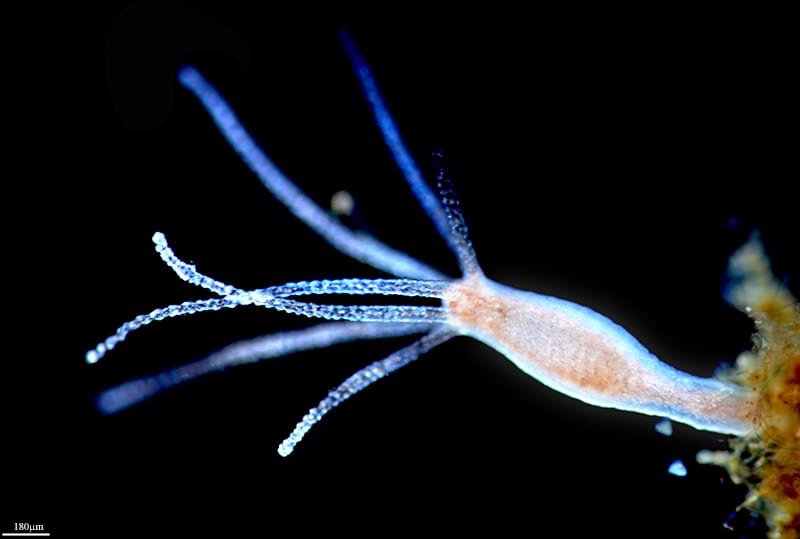
While Turritopsis dohrnii is unique, it’s not alone in the world of age-defying animals.
Hydra and planarian flatworms are also renowned for their regenerative powers and longevity.
However, as highlighted by The New York Times, no other species is known to completely reverse its aging process and restart its life cycle as the immortal jellyfish does.
10. The Role of Environmental Stress

Environmental stressors—such as injury, sudden temperature changes, or starvation—often trigger Turritopsis dohrnii‘s remarkable transformation.
This ability appears to be an evolved survival mechanism, allowing the jellyfish to escape harsh conditions by reverting to a more resilient juvenile stage.
As National Geographic explains, this adaptive response is central to its reputation as the “immortal” jellyfish.
11. Implications for Human Aging Research

The study of Turritopsis dohrnii‘s regenerative abilities offers intriguing possibilities for advancing human aging and medical research.
By uncovering the genetic and cellular mechanisms behind its “immortality,” scientists hope to gain insights into tissue regeneration and age-related diseases.
While the direct application to human biology remains highly speculative, Nature News suggests that understanding these natural processes may one day help revolutionize therapies for aging and promote healthier lifespans.
12. Genetics of Immortality

Ongoing research is focused on unraveling the unique genetic code that enables Turritopsis dohrnii to reverse aging.
Scientists are sequencing its DNA to pinpoint the genes and regulatory pathways involved in cellular transdifferentiation.
According to Cell Press, these findings could one day inspire breakthroughs in biotechnology, potentially leading to innovative applications in regenerative medicine and anti-aging therapies.
13. Reproduction and Population Growth

Turritopsis dohrnii reproduces sexually, releasing eggs and sperm into the water to form new polyps.
While its ability to reverse aging could, in theory, lead to rapid population growth, natural threats such as predation and disease help maintain balance.
As Encyclopedia Britannica notes, immortality does not guarantee unchecked expansion in the wild.
14. Natural Limitations to Immortality
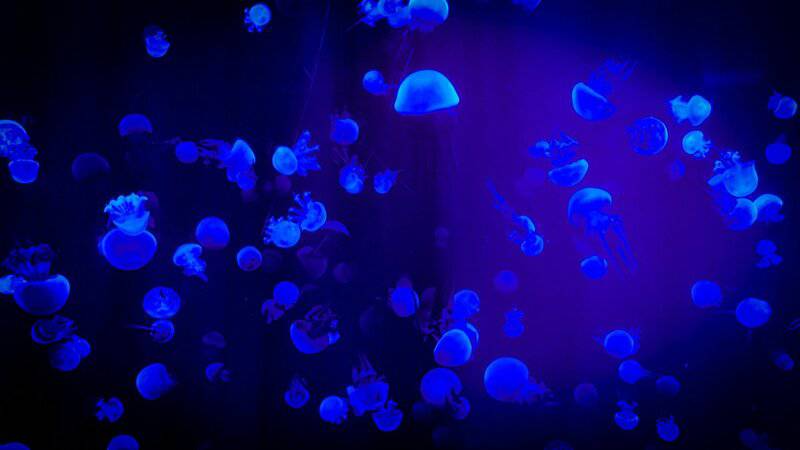
Despite its extraordinary regenerative powers, Turritopsis dohrnii is far from invincible.
Predators, infections, and environmental hazards can still end its life, regardless of its ability to reverse aging.
As highlighted by BBC Earth, true immortality in nature is limited by these persistent threats, reminding us that this jellyfish’s “immortality” is not absolute but conditional.
15. Influence on Science Fiction and Popular Culture

The story of Turritopsis dohrnii has captivated the imagination of writers and filmmakers alike.
It has inspired books, documentaries, and science fiction tales that explore the concept of immortality and regeneration.
According to The Atlantic, this remarkable creature continues to fuel speculation about the possibilities of eternal life in both art and science.
16. The Debate Over ‘True’ Immortality

Scientists continue to debate whether Turritopsis dohrnii‘s abilities constitute genuine immortality or simply an indefinite delay of aging.
Some researchers argue that, although this jellyfish can reset its life cycle, it is not immune to eventual death from external causes.
As Wired points out, the definition of immortality in nature remains a topic of spirited discussion and evolving understanding.
17. Conservation and Environmental Concerns
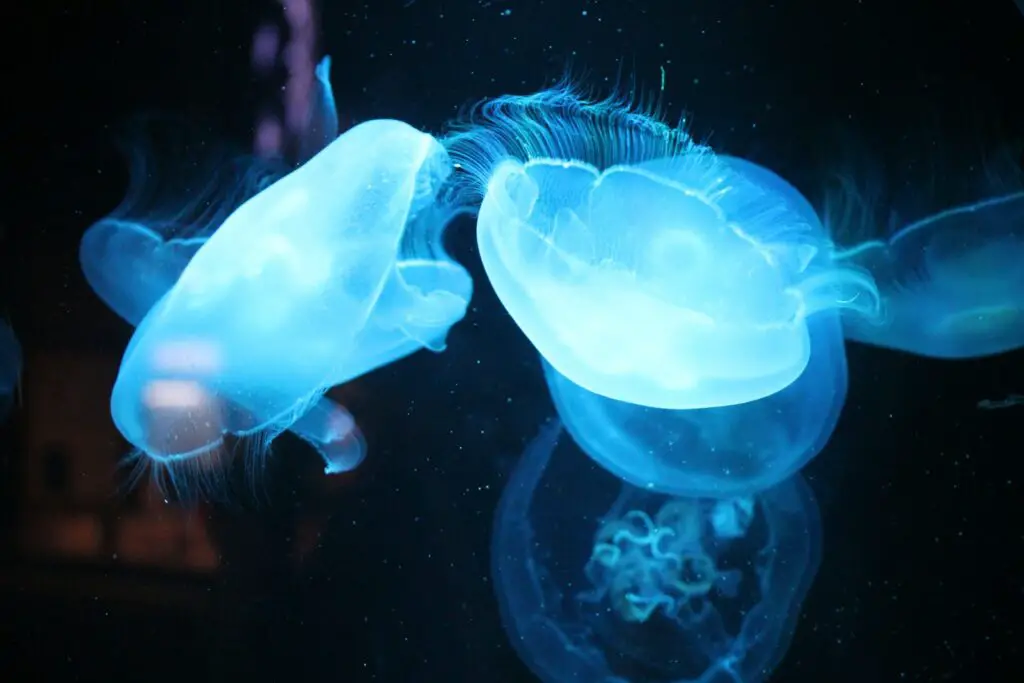
Rising ocean temperatures and global shipping could encourage the spread of Turritopsis dohrnii, potentially altering local ecosystems.
Unchecked population growth may disrupt marine food webs, raising new ecological questions.
As the World Wildlife Fund emphasizes, responsible marine conservation is essential to maintaining balance and protecting biodiversity in our rapidly changing oceans.
18. Challenges in Captivity
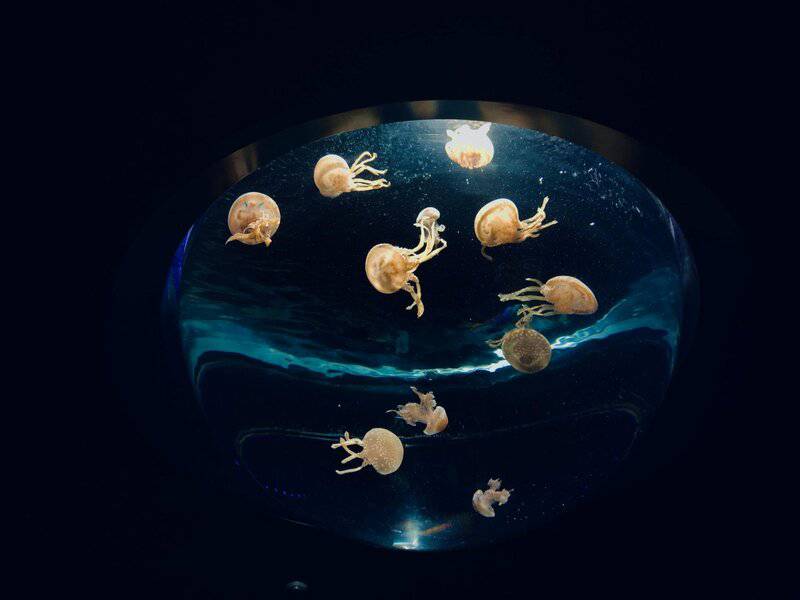
Maintaining Turritopsis dohrnii in aquariums is notoriously difficult.
These jellyfish are highly sensitive to water quality, temperature, and feeding routines, making long-term observation a challenge for researchers.
As the Aquarium of the Pacific notes, these limitations hinder our ability to fully study their life cycle and regenerative abilities in controlled settings.
19. Potential for Biomedical Engineering
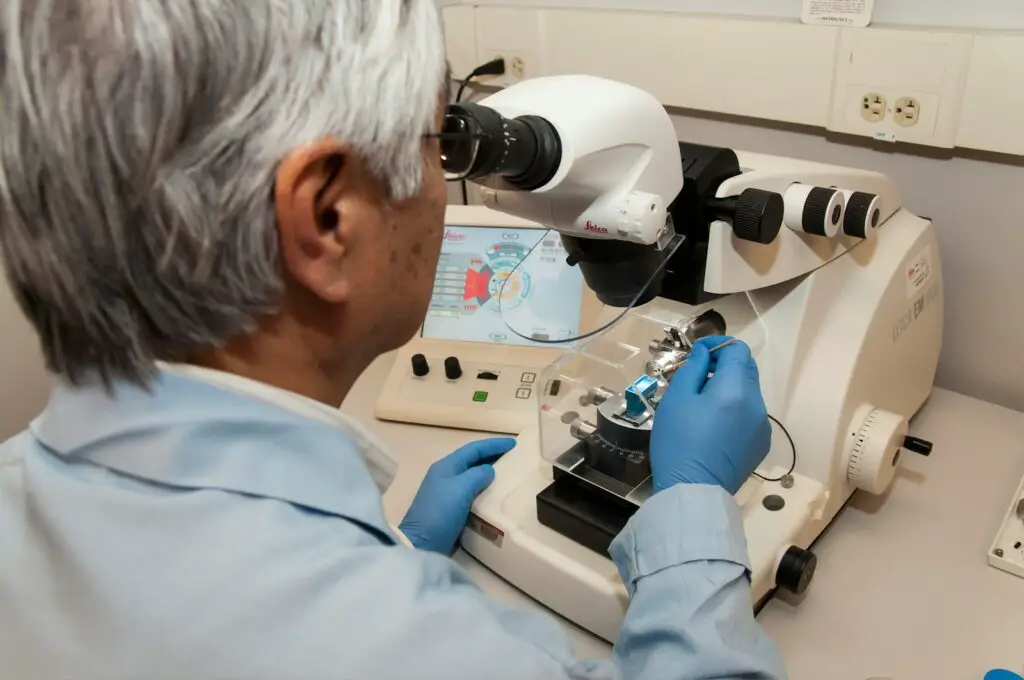
Unlocking the secrets of Turritopsis dohrnii‘s regenerative abilities could have far-reaching implications for biomedical engineering.
Scientists hope that insights gained from this jellyfish might one day inform regenerative medicine, tissue repair, or even organ regeneration.
However, as Science Daily explains, translating these biological marvels into practical therapies for humans remains a distant but fascinating possibility.
20. Global Media Fascination
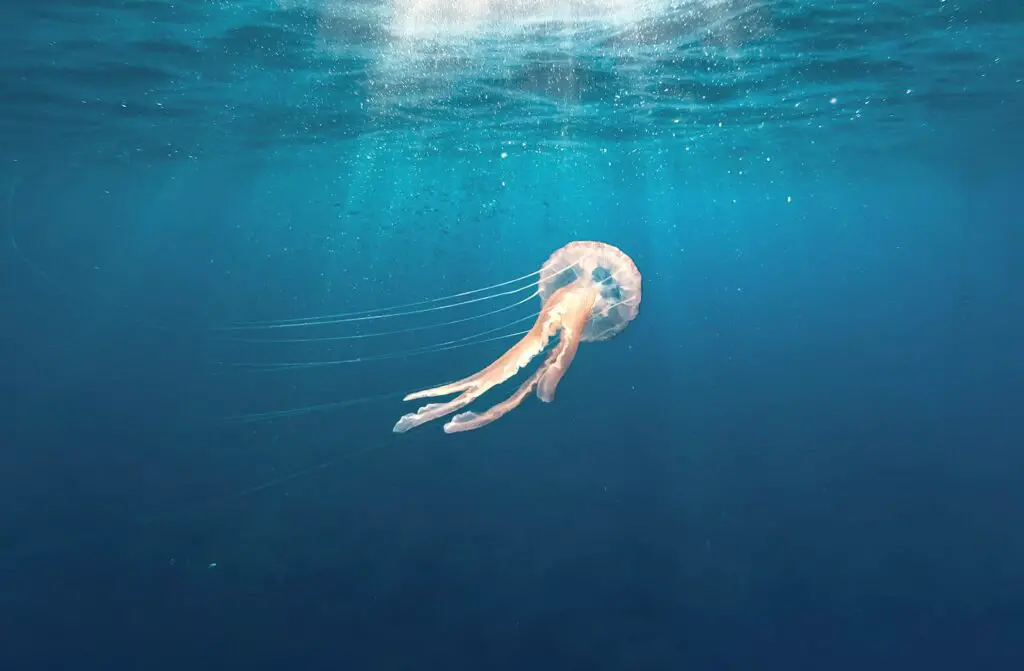
The story of the immortal jellyfish has received global media attention, sparking headlines and documentaries that emphasize its promise as a symbol of hope against aging.
As CNN highlights, this tiny creature continues to inspire curiosity and wonder, captivating the public and fueling ongoing interest in the science of longevity.
21. Ongoing Research and Future Discoveries

International teams of scientists continue to study Turritopsis dohrnii, employing advanced genetic and cellular techniques to unravel its mysteries.
New discoveries about its biology could challenge existing theories and reshape our understanding of aging and regeneration.
As reported in the Marine Biology Journal, the ongoing research promises to yield exciting insights that may one day transform both science and medicine.
22. Lessons from Nature’s Time Traveler

Turritopsis dohrnii reminds us of the resilience and adaptability found in the natural world.
Its existence highlights the vast mysteries still hidden beneath the waves.
As the National Ocean Service points out, studying such extraordinary species deepens our appreciation for marine life and underscores the vital need for continued ocean research.
Conclusion
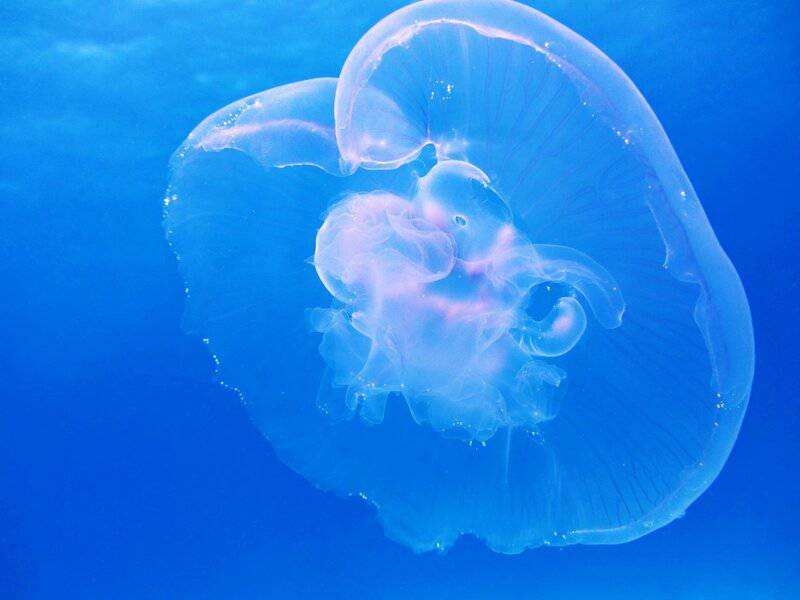
The immortal jellyfish, Turritopsis dohrnii, stands as one of nature’s most astonishing marvels.
Its ability to reverse aging has sparked new directions in science, inspired popular imagination, and raised profound questions about life’s limits.
As research continues, the species reminds us of the untapped knowledge hidden in our oceans and the value of exploring Earth’s biodiversity.
Understanding such unique creatures may ultimately reshape our perspective on life, aging, and resilience.
Disclaimer
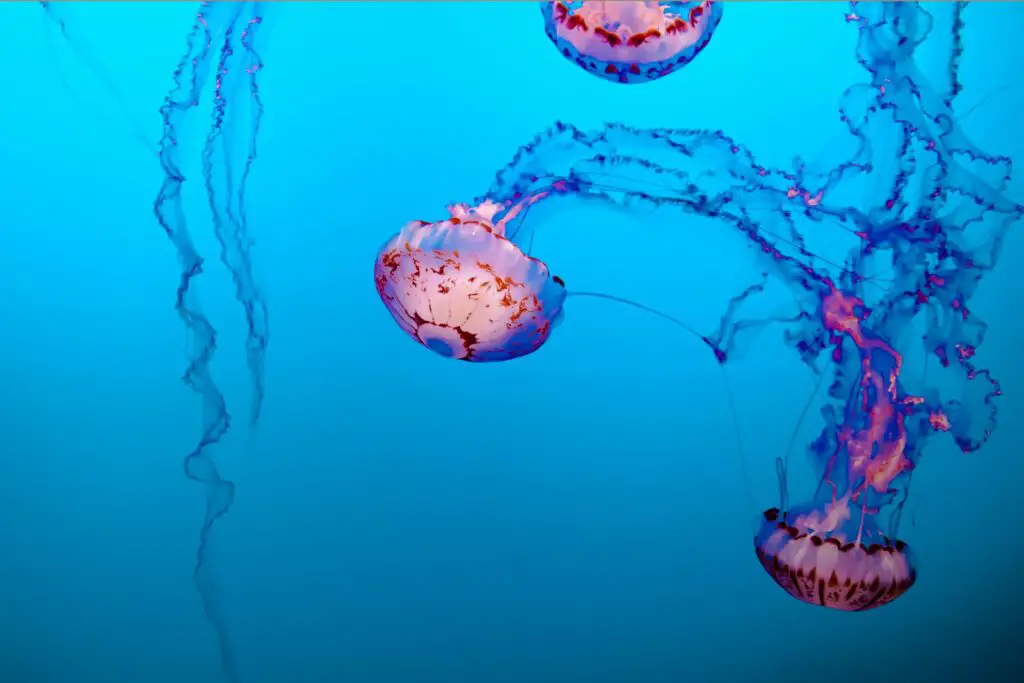
This article is for informational purposes only. It is not intended as a substitute for professional medical advice or scientific consultation.
For health or research guidance, please consult qualified experts.

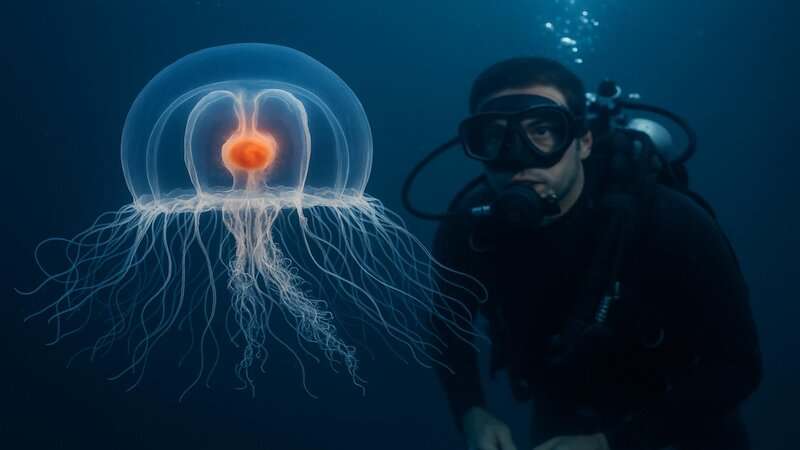

Vielleicht interessiert es Sie:
Wussten Sie! Minensuchratten auf dem Schlachtfeld und sie sind super effektiv!
Wie viele Giraffenarten gibt es? Leben sie alle in Afrika?
Der Vogel ist das Weibchen der Vögel: wahr oder falsch?
Warum bauen Biber Dämme? Welchen Nutzen?
Warum leben manche Tiere nachtaktiv? Welche Vorteile?
Küssen Tiere? Ist das die gleiche Bedeutung wie Menschen?
200+ Hilarious Seahorse Jokes That Will Make You Smile and Giggle
200+ Funny Investment Jokes to Boost Your Financial Humor Game